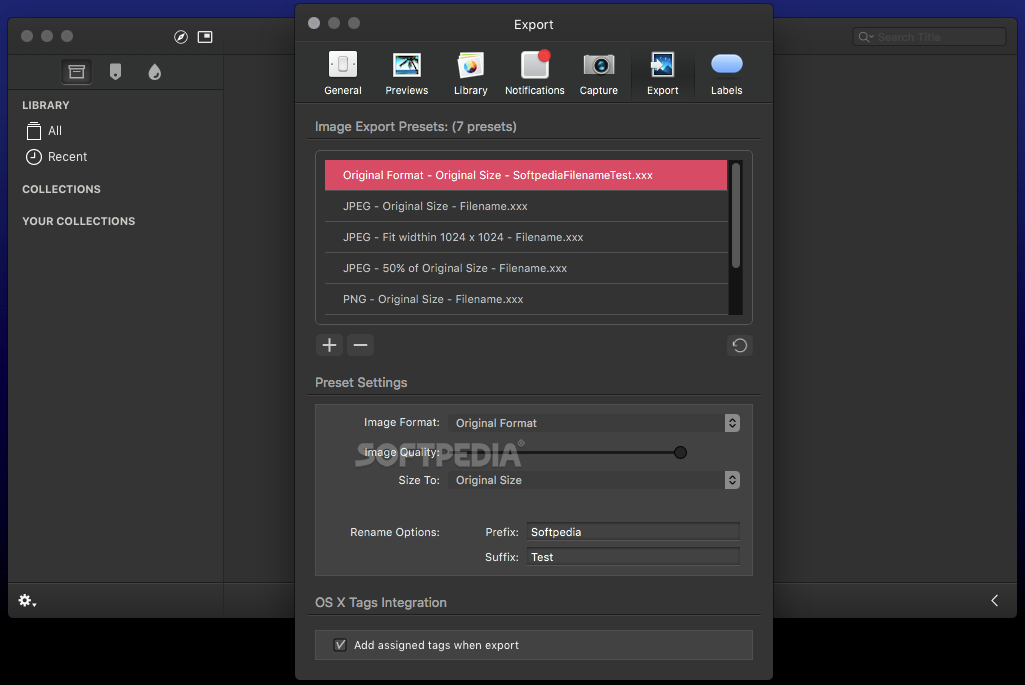

TIFF files produce a better quality image when compared to JPEG files, because the images are not compressed, however they take significantly more space on your hard drive, e.g.
#Pixave photo app documentation professional#
TIFTagged Image File Format (TIFF) files are commonly used to store images within the publishing industry, graphic artists and professional photographers. Some web sites will enlarge the print using low quality software, so the more you can do to minimize the changes your printers need to do the better. Most photographs are printed at 300 DPI, and so scanning at a higher resolution wont improve the quality of the image, however if you intend to print enlargements using a photo printing website it will be better to scan your photo's at a higher resolution and send them the high resolution file. The higher the DPI used to scan an image, the larger the resulting file will be. have no compression) but take up HUGE amounts of disk space.ĭPIDots per inch is the term used to measure the density of an image, namely the number of dots that can be placed in a line within 1 inch (2.54cm). images to be printed in magazines, where professionals require the highest quality possible, in which case, we are happy to scan your photographs in TIFF format which are lossless (i.e. There are some applications that require a higher quality, e.g. The quality will outstanding and will look fantastic for everyday use such as reprinting your family photographs etc.

By default, Pixave scan your photographs in JPEG format with the least level of compression, resulting in high quality images that are reasonably large in size. However, the JPEG standard allows for different levels of compression, with higher quality scans resulting the less you compress the image. Photo's scanned to JPEG files do produce excellent results whilst taking up a minimum of space, and achieves this by compressing your images, which results in a loss of quality. JPG JPEG files are the most commonly used method of storing photographs on computers and digital cameras. If you have spent the time to organise your photographs into batches, we will scan the photos and return them in the same sequence, with a folder on disc for each batch which is named appropriately, e.g. Our staff load each photo onto a flatbed by hand therefore reducing this risk. Some services cut costs by putting your photographs into an automated sheet feeder so they can scan dozens, or hundreds of photos at a time, which increases the risk of the feeder damaging your photo.


We only use flatbed scanners to protect your precious photographs. When placing your order, we will quote you a price and an estimated completion date, and we only ever return your images via recorded delivery, normally through Royal Mail, however we are happy to use any courier you specify, and we will only ever charge you delivery fees at cost. We scan photos in either 300 DPI or 600 DPI or 1200 DPI (Dots per Inch). Just send your photographs to us, we will professionally scan them by hand, checking each image individually on our high end scanners, and then return your photos along with the digital scans on a disk. Our photo scanning service is based in Bognor Regis, West Sussex, but is available nationwide, including Southampton.


 0 kommentar(er)
0 kommentar(er)
